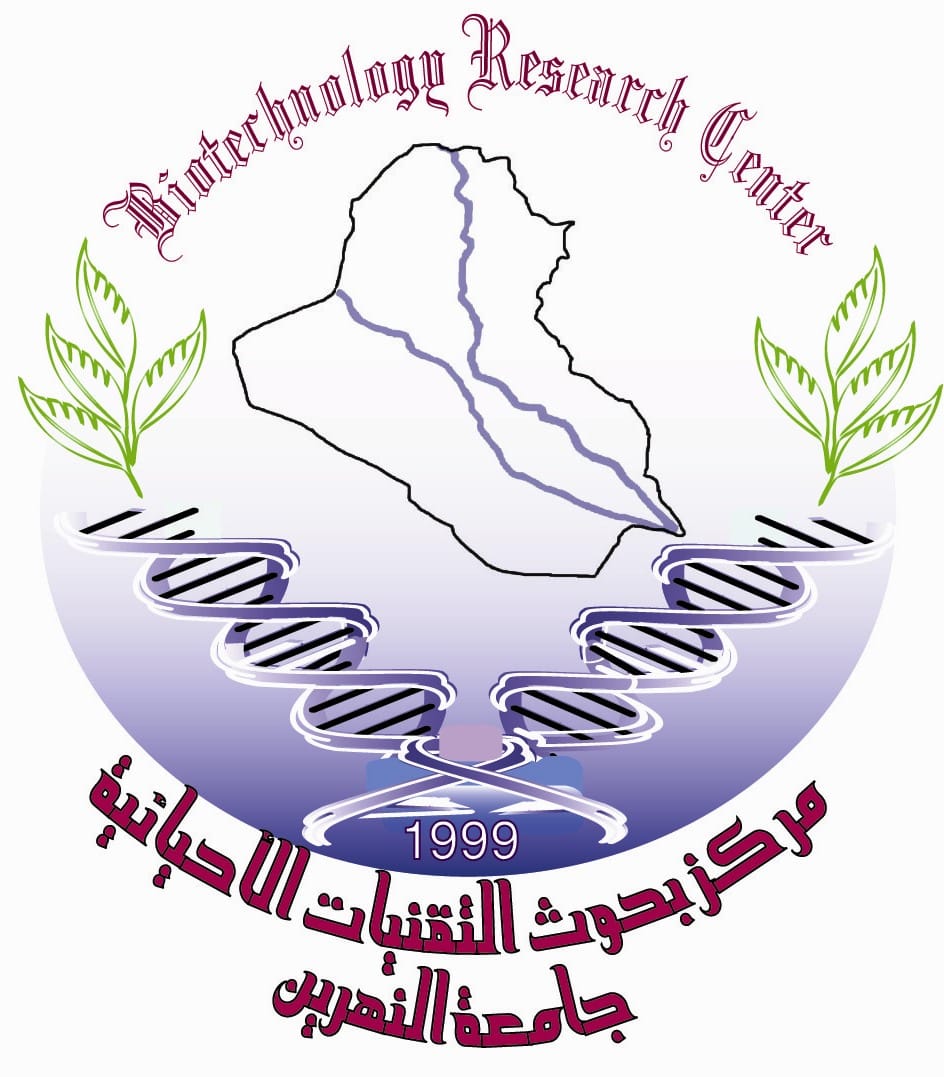Effect of Different Cell Suspension Culture Densities of Physalis angulata L. by Using Plating or Embedding Methods on the Callus Formation
DOI:
https://doi.org/10.24126/jobrc.2018.12.1.545Keywords:
Physalis angulata, cell suspension, callus.Abstract
The study was successful in establishing cell suspensions cultures derived from the hypocotyl callus of the plant Physalis angulata L. induced in the solid MS medium supplemented with the concentration of 3.0 mg. L-1 2,4-Dichlorophenoxy acetic acid (2,4-D) plus 0.5 mg. L-1 Kinetin(Kin). The culture of the suspensions by different densities (12.36, 13.70, 14.75, 15.98)× 105 cell.cm3 using the plating and embedding methods by agar layer in the solid Murashige and Skoog medium (MS) enriched with the same callus induction concentrations, showed that the plating method exceed the embedding method in the number of cellular colonies which reached the average of 79.4 and 15.0 colony.dish-1 at the culturing density of 15.98 × 105 cell.cm3, these values were declined with the primary density to reach the average of 14.0 and 11.4 colony.dish-1 by both the plating and the embedding methods respectively, the high density significantly exceed all the rest densities and gave rate of callus primordia of 56.6 primordia.dish-1 after 28 days from the day of culturing the suspended cells by plating method, and reached 9.8 primordia.dish-1 after 33 days from the day of culturing of the suspended cells by using the embedding method, the transfer of the callus primordia to the MS medium supplemented with 3.0 mg. L-1 2,4-D plus 0.5 mg. L-1 Kin, led to the growth of callus segments and their differentiation to the somatic embryos and their development through all their stages until reaching the shoot formation.
Downloads
Published
How to Cite
Issue
Section
License
This is an Open Access article distributed under the terms of the creative commons Attribution (CC BY) 4.0 license which permits unrestricted use, distribution, and reproduction in any medium or format, and to alter, transform, or build upon the material, including for commercial use, providing the original author is credited.











